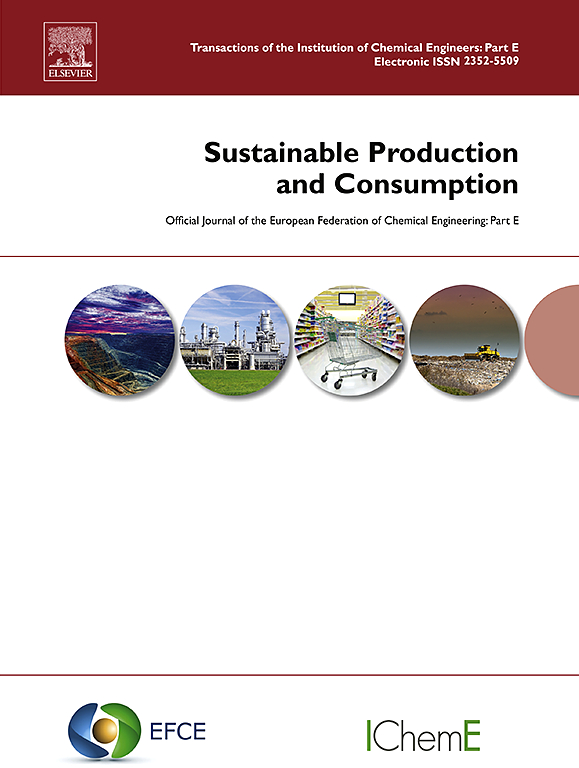循环经济的系统方法:增加建筑构件再利用的政策建议
IF 9.6
1区 环境科学与生态学
Q1 ENVIRONMENTAL STUDIES
引用次数: 0
摘要
建筑构件再利用是一种很有前途的循环经济方法,可以帮助解决该行业日益增加的废物产生、能源消耗和材料短缺问题。然而,构建组件重用的广泛实施仍然有限,政策制定者仍然缺乏对如何在部门内开发和实施相关政策的理解。为了解决这个问题,该研究使用文献来开发一个详细的因果循环图,该图显示了支持和限制建筑组件重用的相关因素。从因果循环图中确定了12个杠杆点和相关的政策建议,然后与英国的政策和政府利益相关者一起进行评估。研究结果强调,需要在建筑构件的设计和质量评估方面制定更强有力的标准和指导,实施财政激励和相关的重用目标,并开发基于技术的解决方案,以有效评估、回收和追溯建筑构件。研究还发现,行业教育和意识、建立一致的建筑构件再利用可持续性评估协议和公共采购策略可以增加建筑构件再利用实践的采用。建议政府与业界进一步合作,在制定循环经济政策和实践方面确立各自的角色和责任。总的来说,很可能需要一系列策略和支持机制来启用构建组件重用。进一步的研究可以解决与其他循环经济战略(如适应性再利用和再循环)相关的建筑构件再利用政策的发展。本文章由计算机程序翻译,如有差异,请以英文原文为准。
A systems approach the Circular Economy: Policy recommendations to increase building components reuse
Building Components Reuse is a promising Circular Economy approach that can help to tackle the sector's rising waste production, energy consumption and material shortages. However, there remains limited widespread implementation of Building Components Reuse and policy makers still lack understanding about how related policies should be developed and implemented within the sector. To address this, the study uses the literature to develop a detailed Causal Loop Diagram that shows the interrelated factors enabling and constraining Building Components Reuse. Twelve leverage points and related policy recommendations are identified from the Causal Loop Diagram, which are then evaluated with policy and government stakeholders in the UK. The findings highlight the need for more robust standards and guidance on the design and quality assessment of building components for reuse, the enforcement of financial incentives and related reuse targets, and the development of technology-based solutions for the effective evaluation, recovery and traceability of building components. The study also finds that industry education and awareness, establishing consistent protocols for sustainability assessment of Building Components Reuse and public procurement strategies can increase the adoption of Building Components Reuse practices. Further collaboration between government and industry is recommended to establish their respective roles and responsibilities in developing Circular Economy policies and practices. Overall, it is likely that a range of policies and supporting mechanisms are needed to enable Building Components Reuse. Further research could address the development of Building Components Reuse policies in relation to other Circular Economy strategies such as adaptive reuse and recycling.
求助全文
通过发布文献求助,成功后即可免费获取论文全文。
去求助
来源期刊

Sustainable Production and Consumption
Environmental Science-Environmental Engineering
CiteScore
17.40
自引率
7.40%
发文量
389
审稿时长
13 days
期刊介绍:
Sustainable production and consumption refers to the production and utilization of goods and services in a way that benefits society, is economically viable, and has minimal environmental impact throughout its entire lifespan. Our journal is dedicated to publishing top-notch interdisciplinary research and practical studies in this emerging field. We take a distinctive approach by examining the interplay between technology, consumption patterns, and policy to identify sustainable solutions for both production and consumption systems.
 求助内容:
求助内容: 应助结果提醒方式:
应助结果提醒方式:


